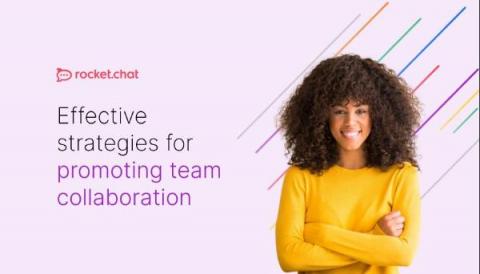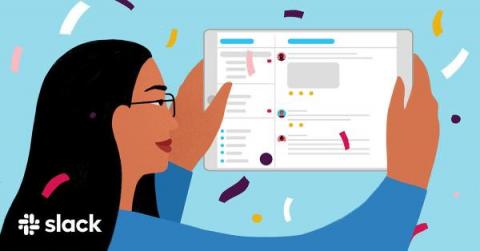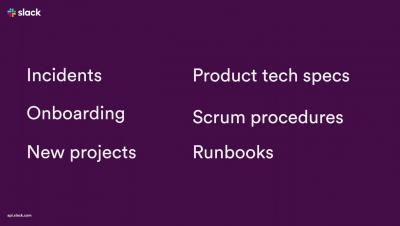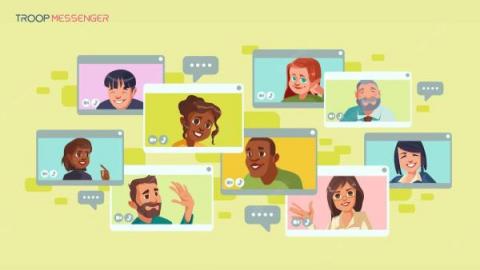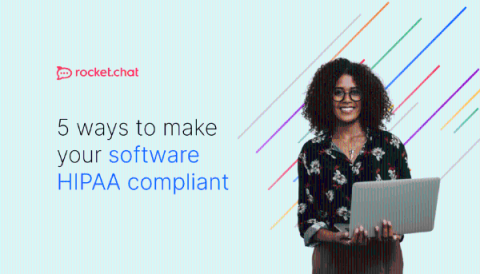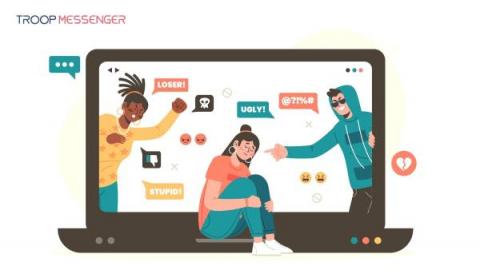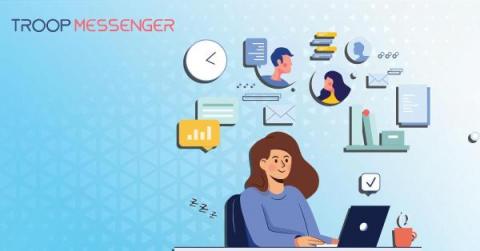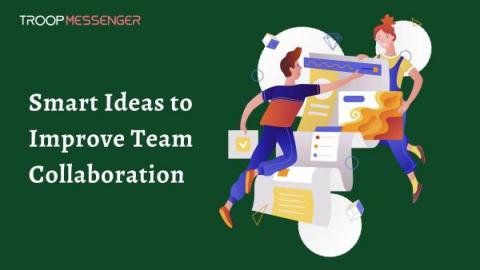10 effective strategies for promoting team collaboration
Team collaboration in the workplace elevates teamwork to a new level. It enables groups to pool their skills, talents, and ideas to achieve a shared goal. Work collaboration, when done effectively, can have a good impact on your team or business. Collaboration can boost team efficiency, innovation, and relationships. According to Urubit, 33% of employees say that the ability to collaborate makes them more loyal.


